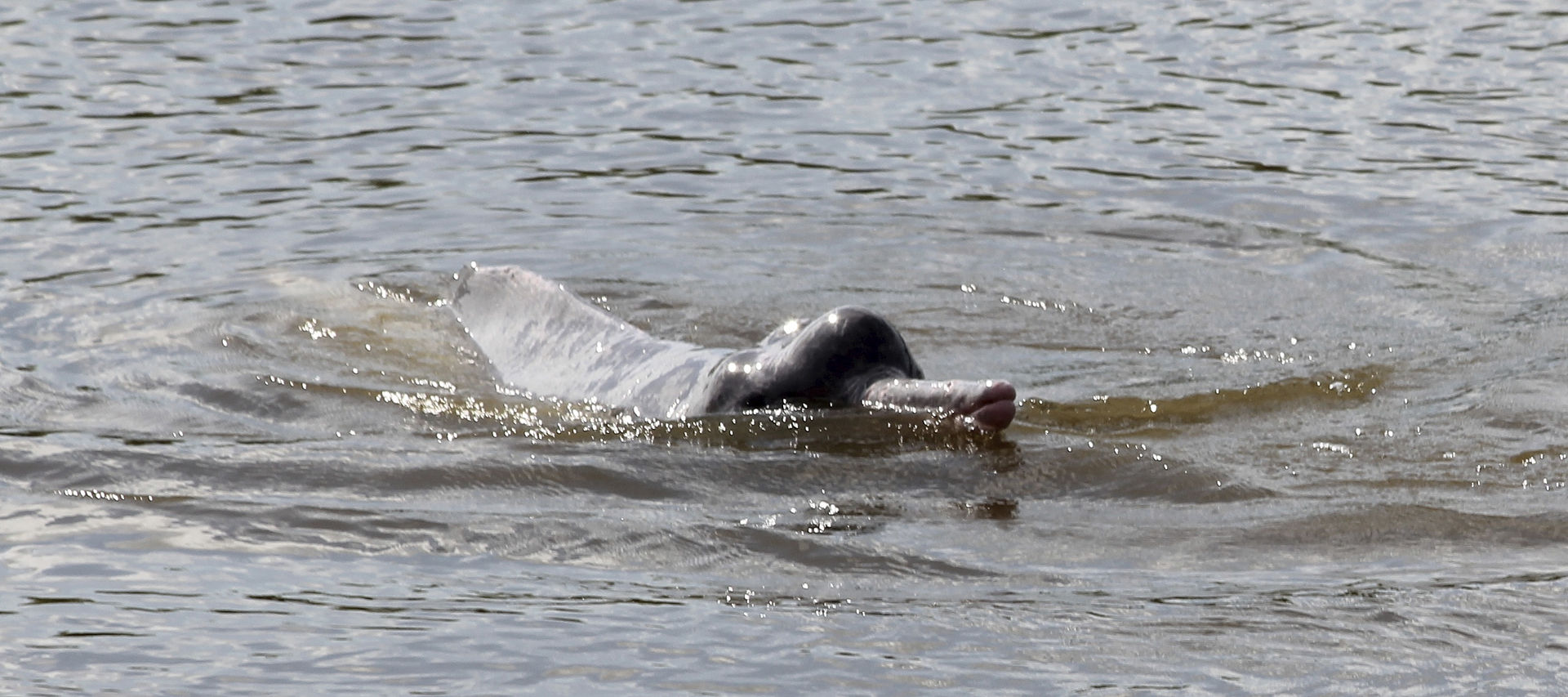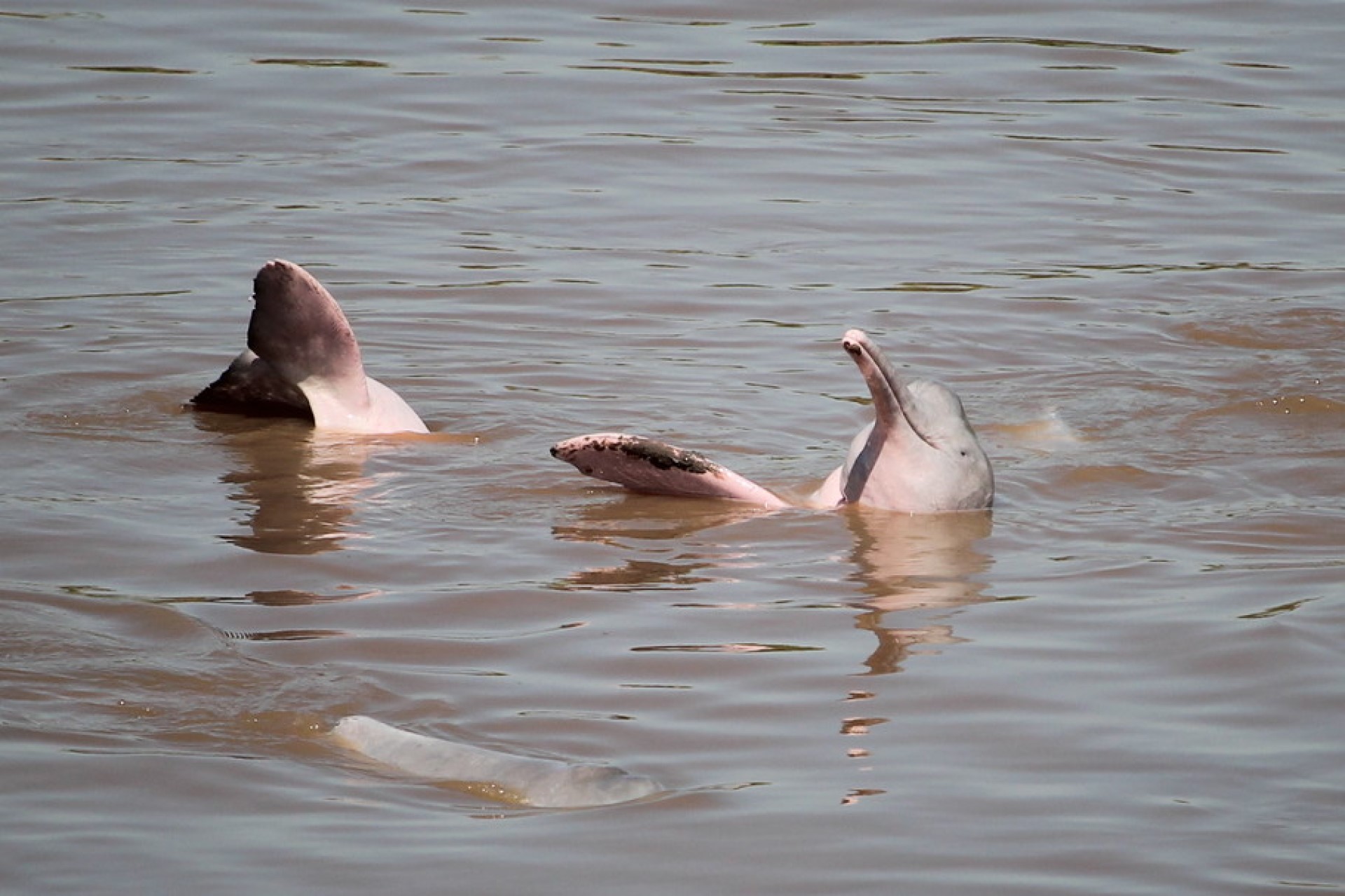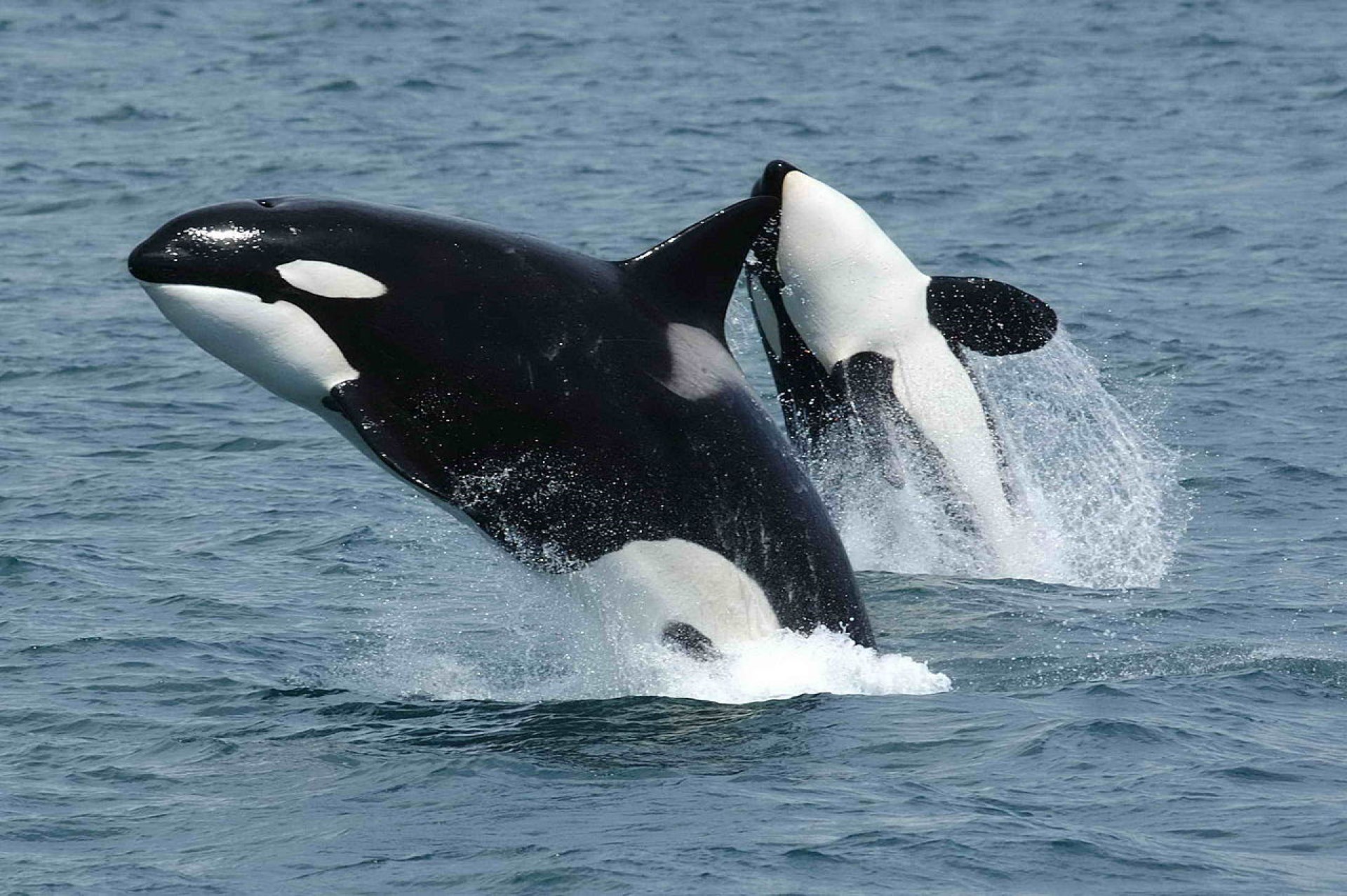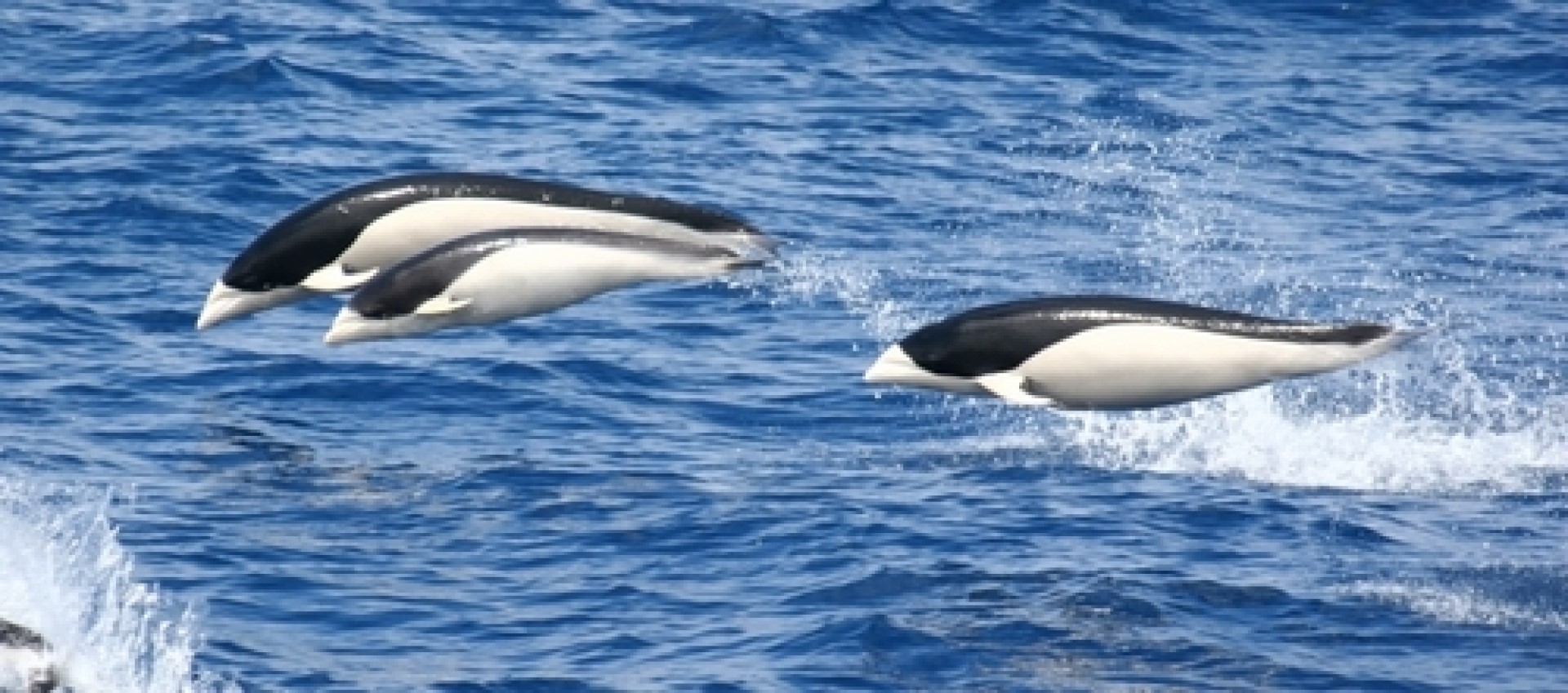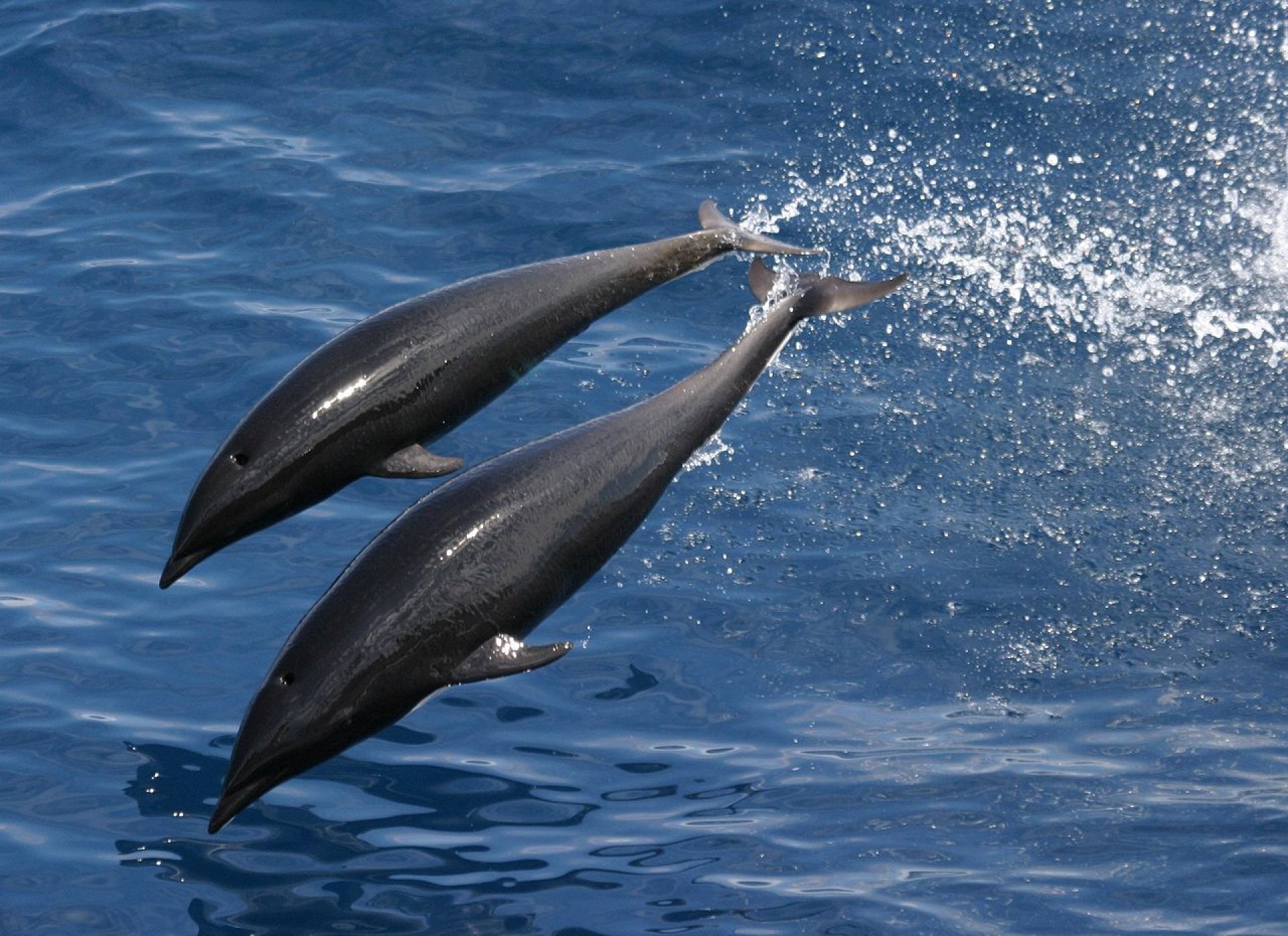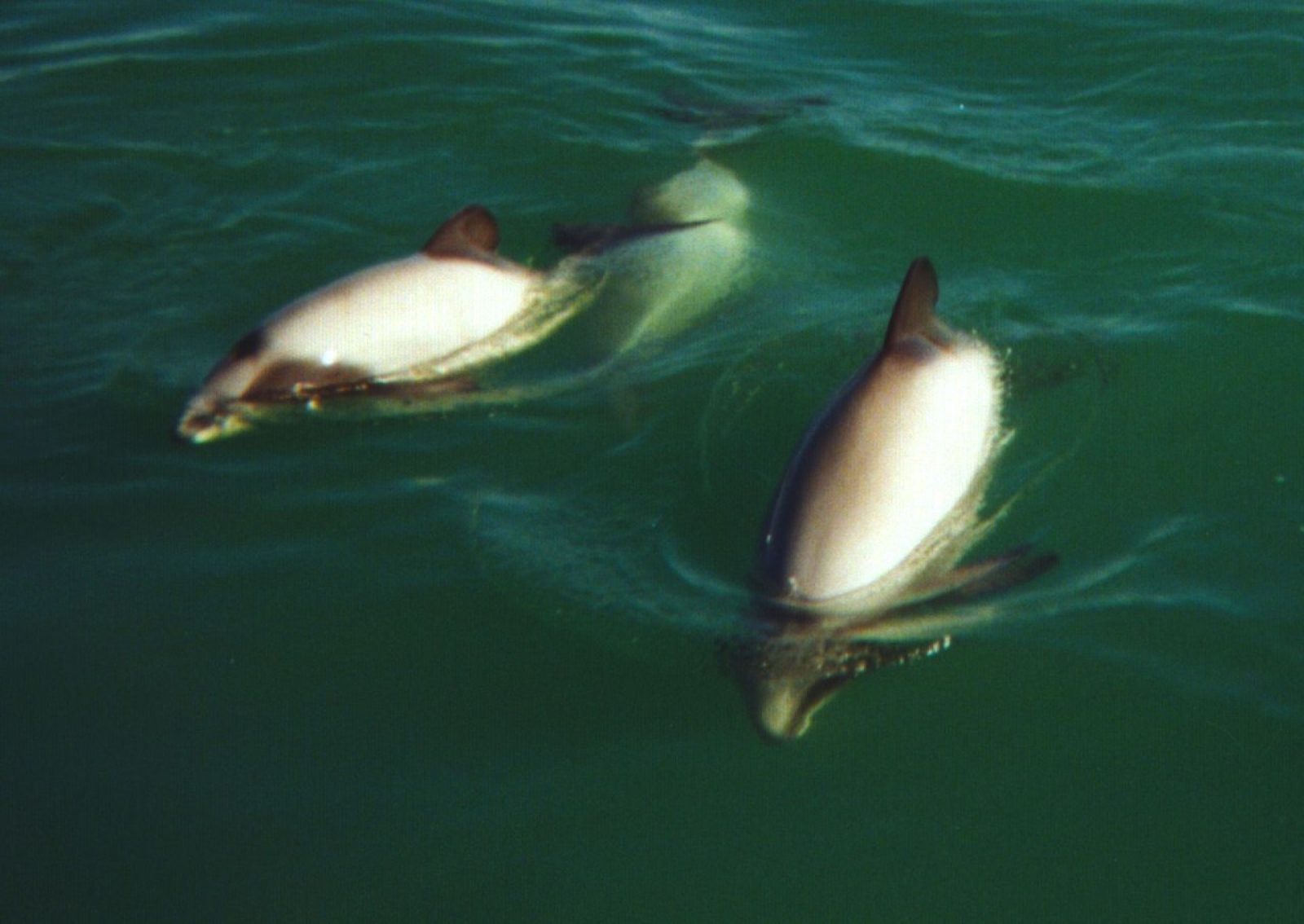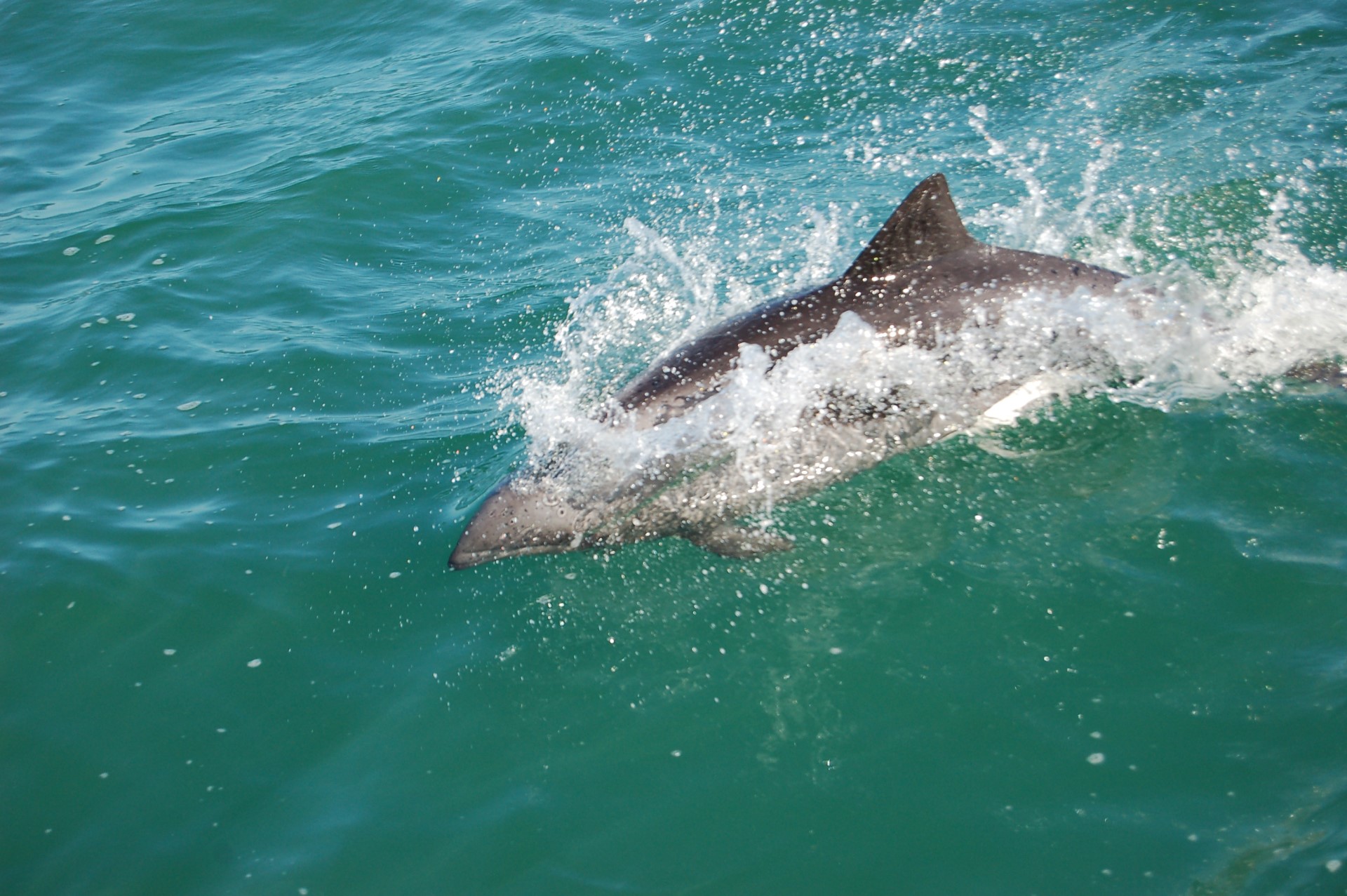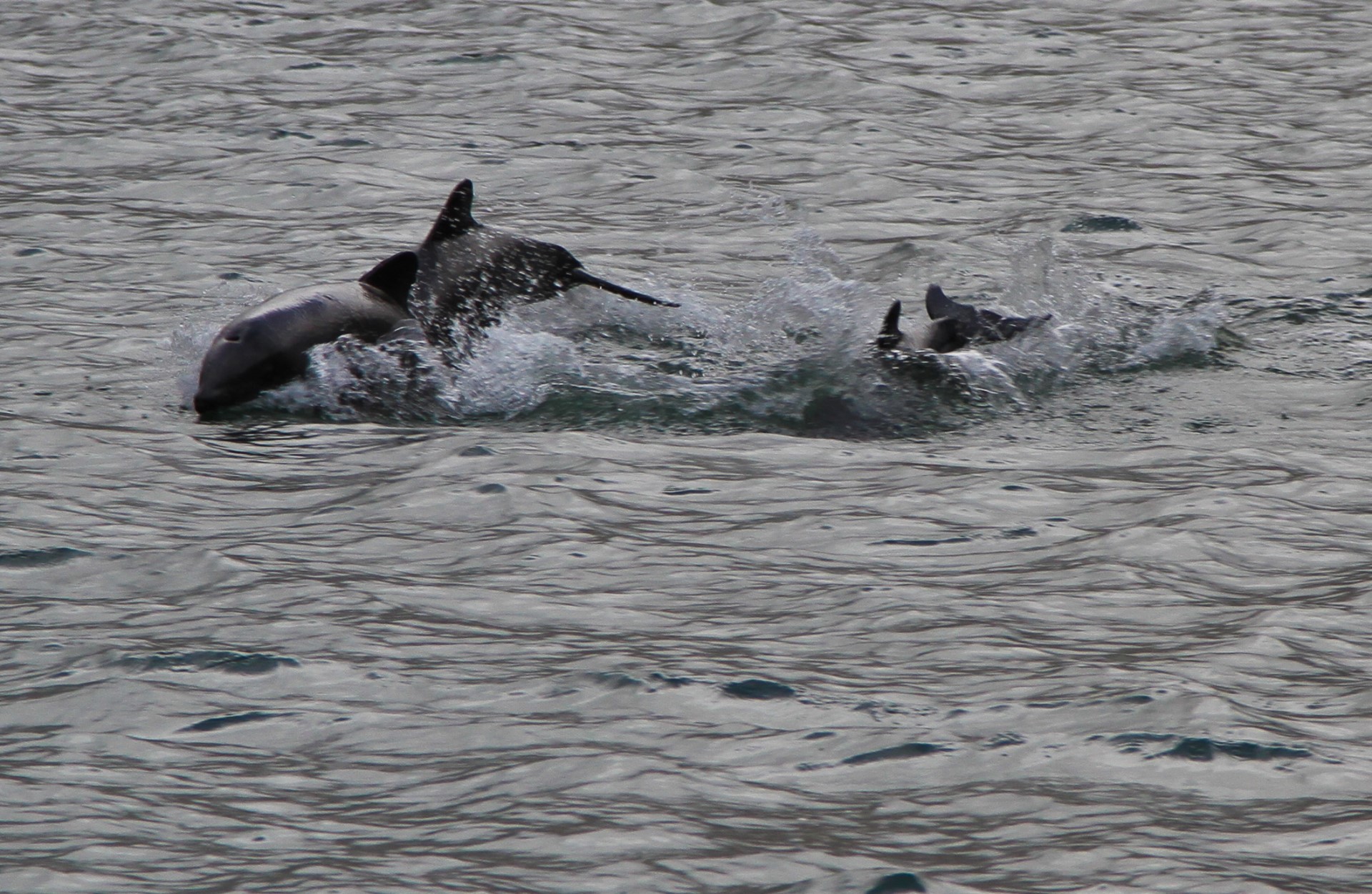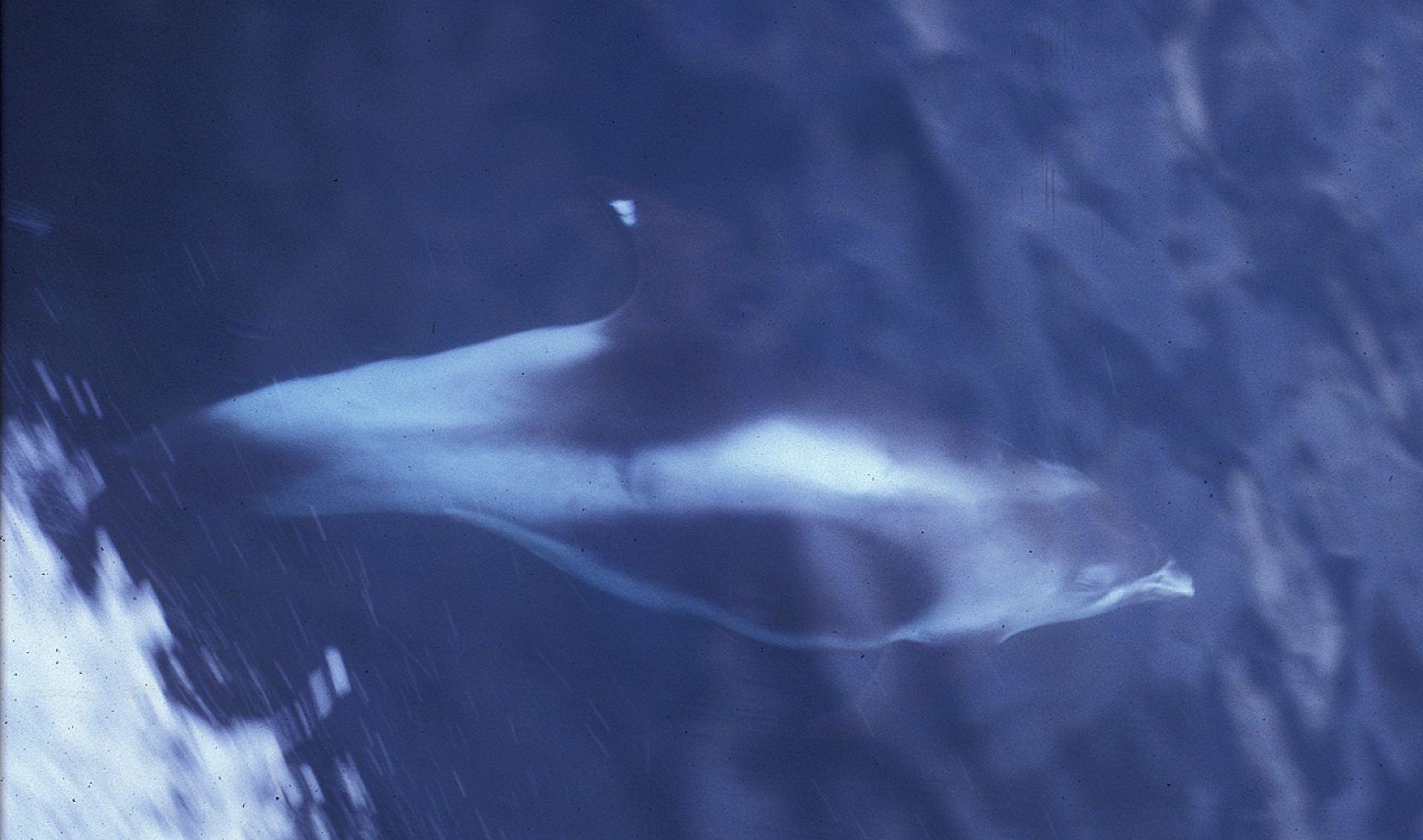
La Plata dolphin
Also known as franciscana or toninha, this is a river dolphin, found in the coastal waters of southeastern South America. Being a member of the Inioidea family, it is only capapable of living in saltwater, so is found in the ocean and saltwater estuaries. This has an unfortunate effect of being around the mouth of rivers, and therefore being effected by all the pollutants picked up the whole route of the river.
It is also regularly noted, that this run-off kills off the fish which this dolphin species requires for survival. It was first described in 1844.
It is thought that fewer than 30,000 of these animals remain in the wild.
There is some tourism around this species. As we get links they will appear beneath the news section below.

